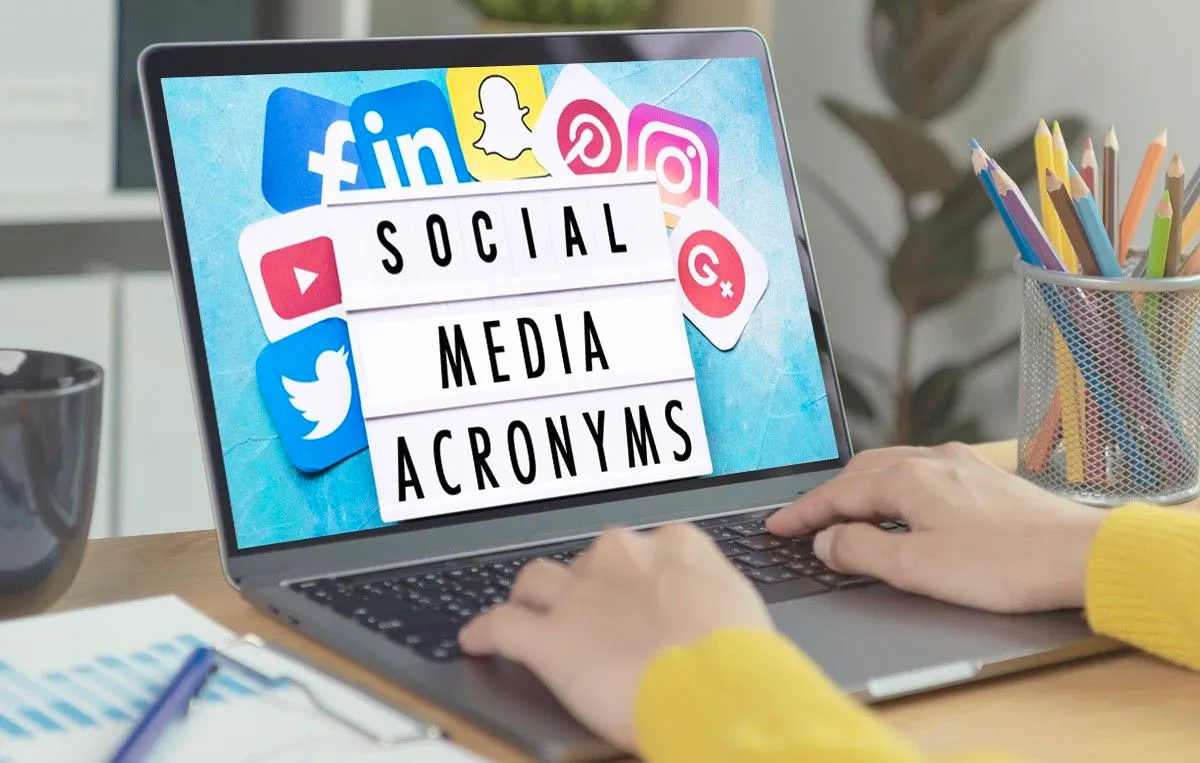Baffled by BOFU and BR? Doubtful over DSP? Feeling FOMO over FB, FYI, and FTW?
We hear you.
In the ever-changing world of social media, keeping up with the latest acronyms and abbreviations can feel a little like learning a whole new language.
But don’t worry, we’ve got you covered.
In this definitive guide, we’re going to shed light on the hottest social media acronyms and abbreviations to help you stay on-trend and ahead of the curve.
Let’s jump in.
100+ Popular Social Media Acronyms and Abbreviations
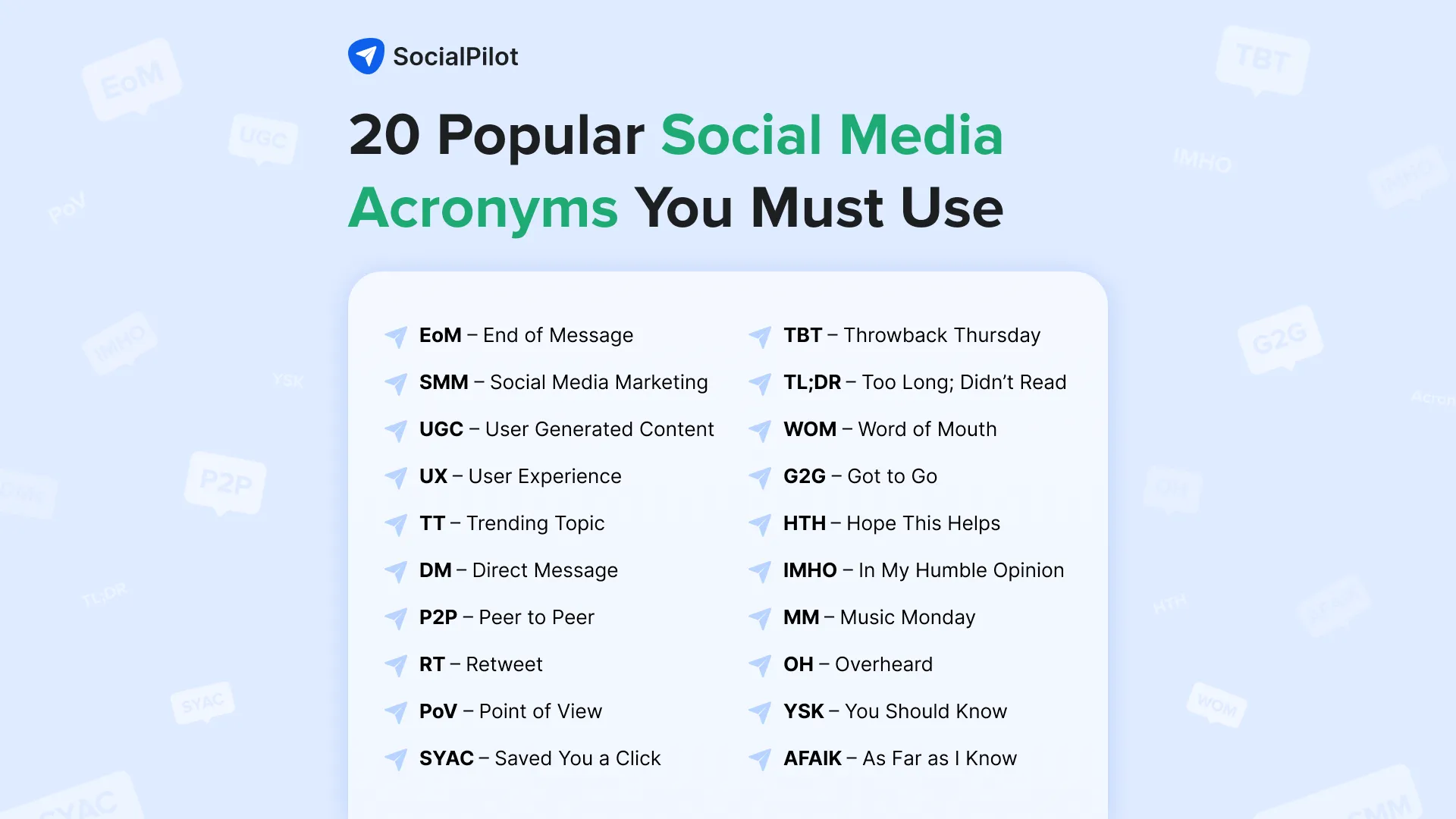
Here are 100+ popular social media acronyms and acronyms we’re about to explore.
But wait, there’s more!
We’ve categorized these acronyms into four easy-to-digest sections. This way, you’ll know exactly where to find what you’re looking for.
Let’s begin with…
1. General Social Media Acronyms and Abbreviations
From hopping between social media platforms to casually surfing the web, you’re likely to come across these social media acronyms and abbreviations. Let’s take a look at the definitions.
DM – Direct Message: Picture this as your private chat room on social media platforms. It’s a space where you can connect with anyone directly for a one-on-one conversation. The best part? No other users can see these messages – it’s a private chat between you and the person you’re messaging.
EoM – End of Message: This is a swift and clear way to indicate that your message ends here. It’s particularly useful in email subject lines to signal that there’s no need to open the full email – all the necessary info is right there in the subject line!
SaaS – Software as a Service: These are cloud-based services that you access over the internet via an app, instead of downloading software to your computer. SaaS applications typically operate on monthly subscriptions rather than fixed, one-time costs.
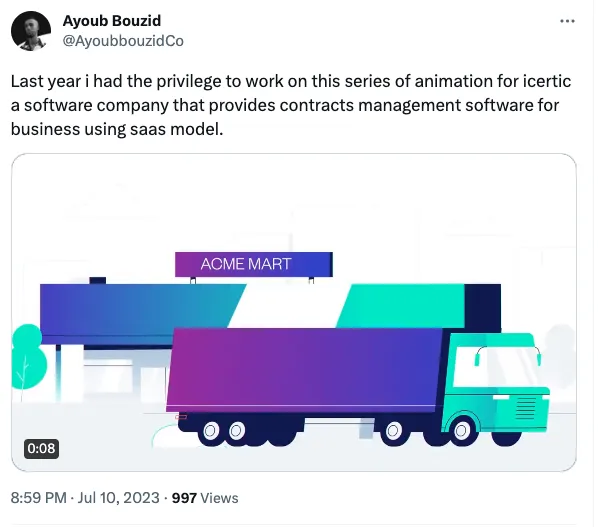
GIF – Graphics Interchange Format: Imagine a mini digital flipbook of images. That’s a GIF! It’s a short, looping image often used on social media to express a reaction, mood, or emotion in a fun and engaging way.
IM – Instant Messaging: Think of a real-time chat with your friends online – that’s instant messaging. It’s a real-time communication tool that you can use on platforms like Facebook, Instagram, WhatsApp, or LinkedIn.
RSS – Really Simple Syndication: If you’re a fan of staying updated with all the latest posts from your favorite blogs or news sites, then RSS is your new best friend. It allows you to aggregate content from various sites in one place for easy viewing.
PM – Private Message: Much like a DM, a PM is a message that you send directly to another user on a platform. It’s just you and them – completely private.
SMM – Social Media Marketing: SMM is all about using social media platforms like Facebook, Instagram, and TikTok to market your product or service. It’s a great way to connect directly with your audience.
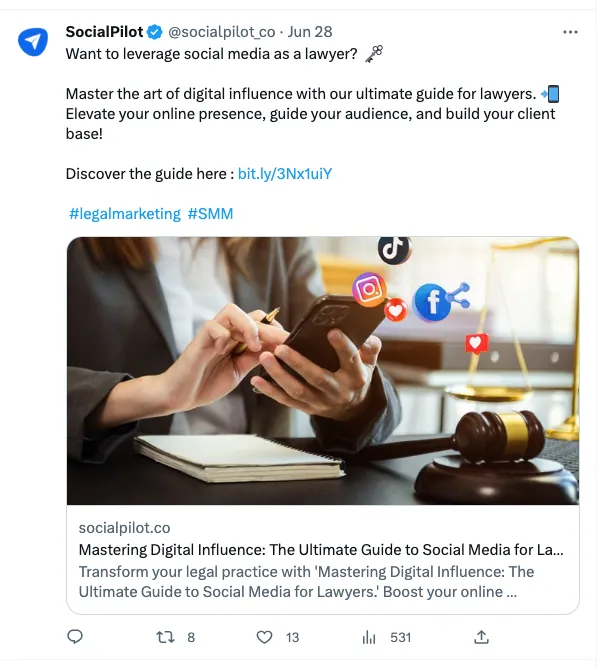
SMP – Social Media Platform: Examples include Facebook, Twitter, Instagram, and TikTok.
SOV – Share of Voice: In the social media world, SOV is about understanding how much of the conversation your brand owns compared to your competitors. It helps you figure out how well you engage your audience.
TOS – Terms of Service: These are the rules that you agree to follow when you sign up for a social media platform or service. It’s like the rule book for using the platform.
URL – Uniform Resource Locator: This is the address you type into your search bar in order to visit a website. It’s like the GPS coordinates for finding a site on the huge internet map.
CMS – Content Management System: A CMS is like your digital library. It’s a platform where you can store, edit, and publish digital content, like blog posts or web pages. The most popular CMS in the world is WordPress.
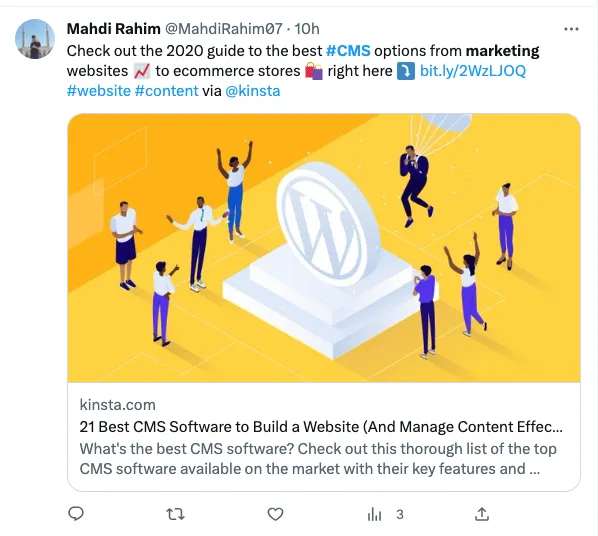
CMGR – Community Manager: This is the person who’s in charge of managing and moderating a community on a platform or network. They’re the ones who make sure everyone is playing nice and engaging positively.
TT – Trending Topic: On social media platforms like Twitter, a TT is a topic that’s getting a lot of attention and discussion. It’s like the hot topic of the day.
SMB – Small-Medium Business: This term refers to companies that are bigger than a sole proprietorship but smaller than a large corporation. They’re the businesses that keep the wheels of our economy turning!
P2P – Peer to Peer: This is a type of network where everyone can act as both a client and a server. It’s a way of sharing resources, services, or data among peers.
PM – Private Message: Just another way of saying Direct Message. This is a one-to-one conversation happening privately on a platform.
PoV – Point of View: This is all about perspective. In social media, a POV could be a particular attitude or way of considering a matter from a specific person or group.
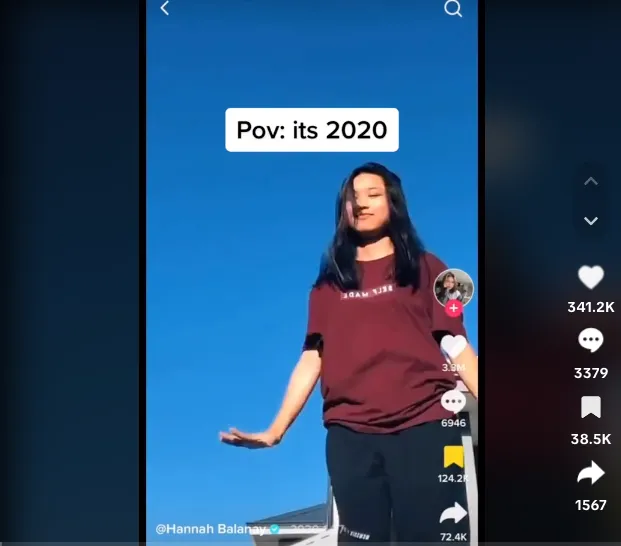
UX – User Experience: UX is all about how a person feels when they interact with a system, website, or app. It’s about making your digital platforms as user-friendly as possible.
CC – Carbon Copy: When you “CC” someone on an email, you’re sending them a copy of that email. It’s a way of keeping them in the loop without making them the main recipient of the email.
Hold up! Stop scrolling for a second!
These social media acronyms and abbreviations are quite interesting, don’t you agree? But are you uncertain how to use them seamlessly in your social media posts?
Well, that’s not going to be a problem anymore, thanks to SocialPilot’s AI Assistant.
SocialPilot’s AI Assistant is exactly what social media enthusiasts and professionals are looking for, especially if they have writer’s block. This advanced tool effortlessly generates social media captions infused with the desired emotion, be it witty, excited, curious, or any tone you’re aiming for, ensuring your posts resonate deeply with your audience.
But it doesn’t stop at just captions.
The AI Assistant scrutinizes your post content and automatically suggests relevant hashtags, amplifying your engagement and positioning your content at the forefront of search results. Additionally, it understands the nuances of different social media platforms, ensuring appropriate social media acronyms and abbreviations are tailored to each post.
With SocialPilot’s AI Assistant, crafting impactful and platform-specific content has never been easier. Check out the video below to see it in action!
2. Platform-Specific Social Media Acronyms and Abbreviations
These platform-specific social media acronyms and abbreviations can be a little self-explanatory, but it’s absolutely crucial that you know and understand them.
FB – Facebook: A shorthand way of referring to Facebook, one of the world’s most popular social media platforms. FB is where people connect with friends and family, join groups of like-minded individuals, and businesses engage with their customers.
GA – Google Analytics: This is a tool that lets you understand how people are engaging with the content on your website. From the number of users to the pages they spend the most time on, GA is key to understanding and improving your website’s performance.
IG – Instagram: IG is an abbreviation for Instagram, a popular social media platform known for photo and video sharing. It’s a creative space loved by artists, photographers, influencers, and businesses alike.
RT – Retweet: If you’re scrolling through Twitter and see a tweet you want to share with your followers, you retweet it. It’s a way of sharing someone else’s content on your own Twitter feed.
MT – Modified Tweet: If you’ve ever wanted to share someone’s tweet but needed to shorten it or add your own thoughts, that’s where a Modified Tweet comes in. It’s when you share someone else’s content but with some edits, and it’s polite to add “MT” to acknowledge that the tweet has been changed.
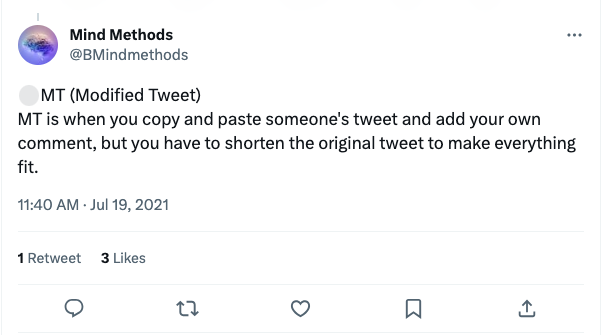
YT – YouTube: YouTube, or YT for short, is a platform for uploading, watching, and sharing video content. From music videos and vlogs to tutorials and reviews, you can find videos for just about anything on YT.
LI – LinkedIn: The same as above, LI stands for LinkedIn, a platform where professionals can network, share their work experiences, hunt for jobs, and keep up with industry trends.
TW – Twitter: TW is an abbreviation for Twitter, a social media platform known for its short, timely posts called tweets. It’s a place where people share thoughts, news, and engage in conversations about trending topics.
3. Marketing-Related Social Media Acronyms
These terms might not crop up on social media often. Still, if you’re planning new ideas and discussing social media campaign performance with your marketing team, they’ll come in handy.
AIDA – Attention, Interest, Desire, Action: A classic model in marketing that describes the stages a consumer goes through in the purchase process. The “Attention” stage is sometimes referred to as “Awareness.”
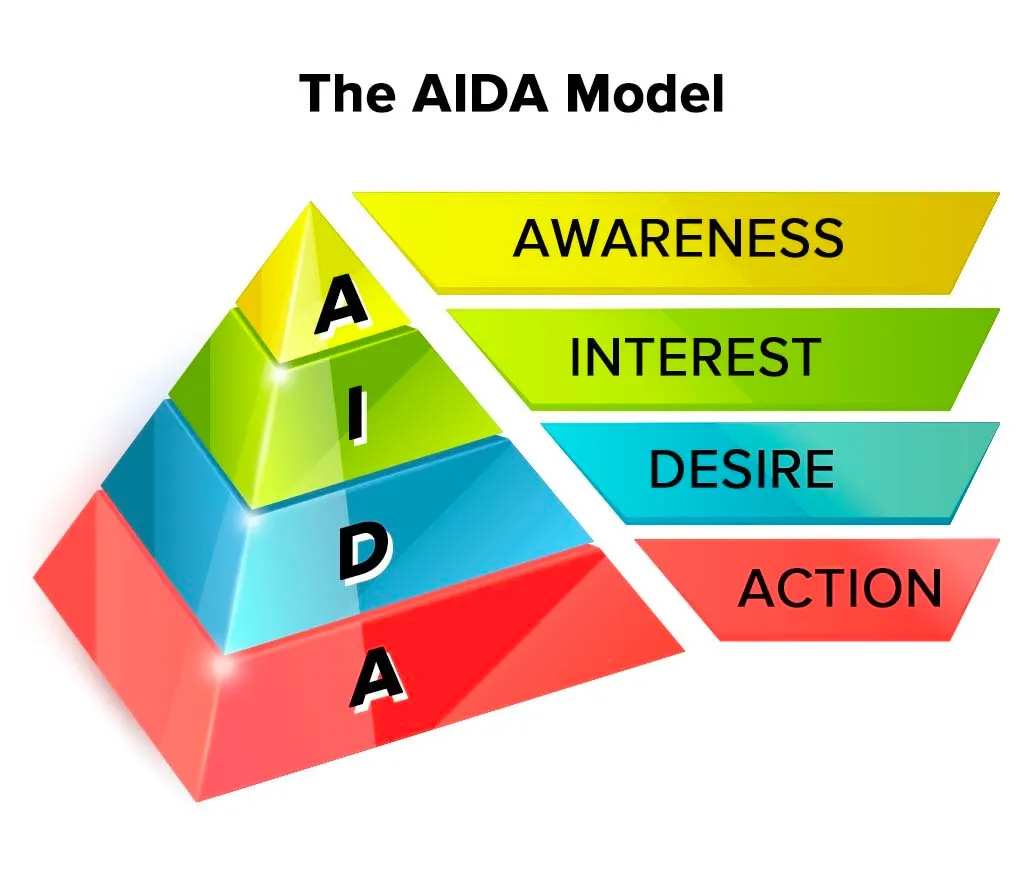
API – Application Programming Interface: This is the group of rules and procedures for interacting with software applications. APIs enable different software systems to communicate with each other.
B2B – Business to Business: This term refers to businesses selling products or services directly to other businesses, not consumers.
B2C – Business to Consumer: Unlike B2B, B2C involves selling products to people instead of businesses.
CAC – Customer Acquisition Cost: This is the cost associated with convincing a potential customer to buy a product/service. It includes the costs of marketing and sales efforts.
CTA – Call to Action: A CTA is a prompt on a website that tells the user to take some specific action, like “Buy Now” or “Sign Up.”
CTR – Click Through Rate: This metric measures the number of clicks advertisers get on their ads per number of impressions.
CX – Customer Experience: CX involves the various interactions a person has with a business or service over time and how the person feels about those interactions.
DMP – Data Management Platform: This is a centralized system for gathering, organizing, and managing data from various sources, often used in digital marketing.
DSP – Demand Side Platform: A system that allows advertisers to manage multiple ad platforms through one unified interface.
FOMO – Fear of Missing Out: A term that describes the anxiety of missing out on a social event, experience, or product others enjoy.
MQL – Marketing Qualified Lead: This is a lead who has engaged with a company’s marketing efforts but is not yet ready to receive a sales call.
NPS – Net Promoter Score: A customer loyalty score that tracks a customer’s experience with a brand’s products or services, measuring their likelihood to recommend them to friends and family.
ROAS – Return on Ad Spend: Commonly used in social advertising, this is a marketing metric that measures the return businesses receive for every dollar spent on ads.
ORM – Online Reputation Management: The practice of crafting strategies that shape the public perception of an organization or individual on the Internet.
PV – Page Views: The number of times a webpage has been visited.
KPI – Key Performance Indicator: These are measurable values that demonstrate how effectively a company is achieving key business objectives.
SQL – Sales Qualified Lead: A potential customer that’s been reviewed by a sales and marketing team and is ready for the next stage in the sales process.
TOFU – Top of Funnel: This refers to the first stage of the buying process, where the goal is to attract and engage new audiences.
MOFU – Middle of Funnel: The second stage in the buying process, where prospects evaluate their options before making a purchase decision.
BOFU – Bottom of Funnel: The final stage of the buying process where prospects are about to make a purchase decision.
CPA – Cost Per Acquisition: A marketing metric that calculates the total cost to acquire one paying customer on a campaign or channel level.
CR – Conversion Rate: The percentage of users who take a desired action on a website, such as filling out a form, becoming customers, or adding a product to the cart.
UGC – User Generated Content: Any content – text, videos, images, reviews, etc., that are created by people, and not brands, about a brand or product.
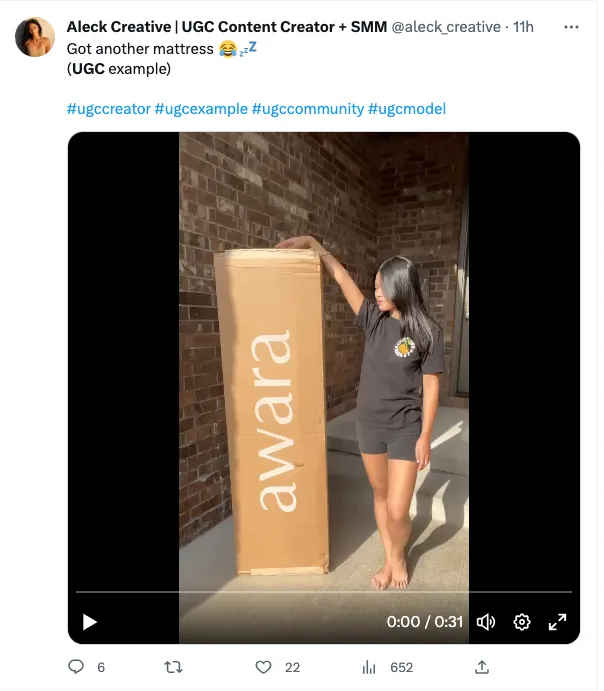
OLA – Online Advertising: A marketing strategy that involves the use of the internet to promote a brand, products, or services.
BR – Bounce Rate: The percentage of website visitors who leave after viewing only one page of a website.
CRO – Conversion Rate Optimisation: CRO is the process of optimizing your site or landing page experience based on website visitor behavior to help improve the probability of the visitor converting.
ROI – Return on Investment: A metric used in marketing to measure the impact campaigns have had on revenue relative to the cost of those campaigns.
UI – User Interface: The point of human-computer interaction and communication in a device, software, or application. It involves the layout of the information, the design, and the overall experience.
EM – Email Marketing: The practice of sending various types of content to a list of subscribers via email. The aim is to develop relationships with potential customers or clients.
HMB – Hold My Beer: This social media acronym is used before attempting something daring or risky. It’s often used humorously in social media contexts.

PPC – Pay Per Click: Just like the previous explanation, PPC is a digital advertising model where advertisers pay a fee each time their ad is clicked.
SEM – Search Engine Marketing: SEM is a marketing strategy used to help websites show up in search engine results pages through organic optimization and paid advertising.
4. Internet Slang and Abbreviations
By using the same online slang and abbreviations as your target audience, you’ll help to build engagement and bring people closer to your brand.
LMK – Let Me Know: Often used when someone needs information or needs someone to inform them about something later.
SYAC – Saved You a Click: Used when summarizing the key point or outcome in the headline or initial tweet, so you don’t have to click through to read the whole article or thread.
TBT – Throwback Thursday: A popular hashtag used on social media platforms such as Instagram, Twitter, and Facebook as a way to share old photos or reminisce about the past.
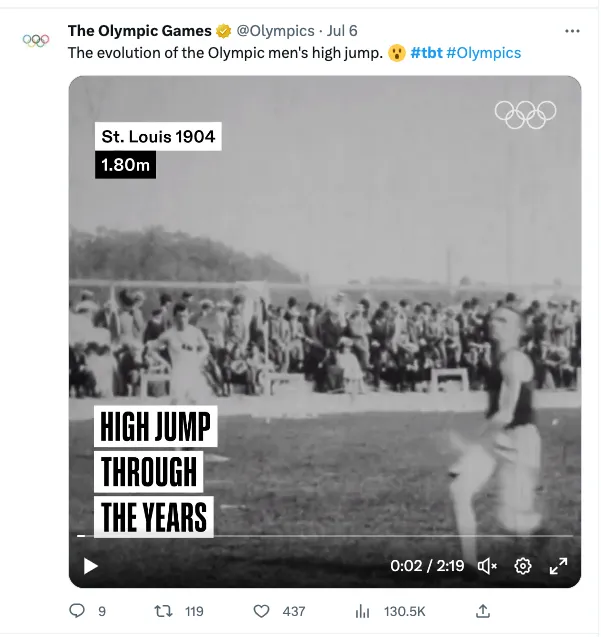
TL;DR – Too Long; Didn’t Read: Often used to indicate a short summary of a much longer post or story.
WOM – Word of Mouth: Refers to the passing of information from person to person through oral communication.
AMA – Ask Me Anything: A term coined by Reddit but now used across social media to suggest that you’re open to questions from your audience.
G2G – Got to Go: Used when someone is leaving or exiting the conversation.
HTH – Hope This Helps: A quick and polite way to end a message where you’ve given advice or answered a question.
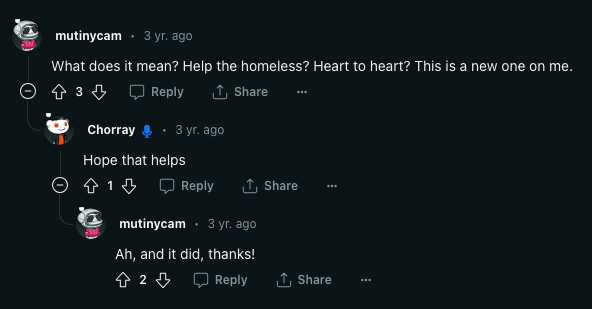
IMHO – In My Humble Opinion: This is used before or after a statement to signify that this is your opinion.
MM – Music Monday: A popular hashtag used on social media to share your favorite music or what you’re currently listening to.
NP – No Problem: A quick response when someone thanks you or asks you for a favor.
NSFW – Not Safe for Work: A warning that content may be inappropriate or explicit.
PTAT – People Talking About This: A metric used by Facebook to measure the number of people who have engaged with your content within a certain period.
QOTD – Quote of the Day: A popular hashtag used on social media platforms for sharing inspiring or thoughtful quotes.
RTQ – Read the Question: Often used on social media to tell someone to pay closer attention to what has been asked.
SMH – Shaking My Head: Used when something is obvious, or the person doesn’t agree with the situation, or can’t believe what is being discussed.
TIA – Thanks in Advance: A polite way to end a request or appeal in correspondence.
WCW – Woman Crush Wednesday: A popular social media trend where users share pictures of women they find attractive or admire.
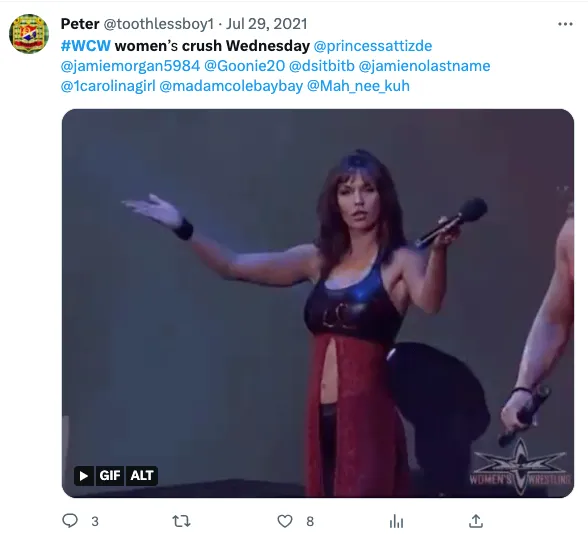
ASAP – As Soon As Possible: A common phrase used when something is needed urgently.
ICYMI – In Case You Missed It: Used when resharing information or links that followers may have missed initially.
CEO – Chief Executive Officer: Traditionally, this refers to the highest-ranking person in a company. On TikTok, it’s often used to signify being the best at something, for example, “My video guy is the CEO of editing.”
MCM – Man Crush Monday: Similar to WCW, but this time for posting pictures of men the user finds attractive or admires.
FTW – For The Win: Commonly seen in gaming, FTW is used to show support for something or someone or when something is really good.
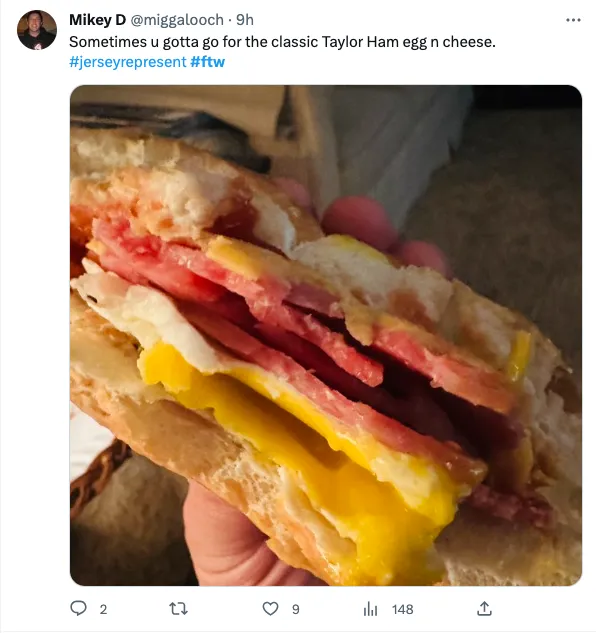
OOMF – One of my Friends/Followers: A vague reference to someone without mentioning them directly, usually used on Twitter.
JK – Just Kidding: A quick way to let someone know that you’re joking about something you said.
FBF – Flashback Friday: Another popular hashtag used for posting old photos and reminiscing.
OH – Overheard: Used when you’re sharing something you overheard in a conversation.
V – Very: A quick abbreviation of the word “very.”
W/ – With: A shortened form of the word “with.”
XO – Hugs and Kisses: A common way to end a message in a friendly or affectionate manner.
YSK – You Should Know: Used when you’re about to provide useful, practical information or tips.
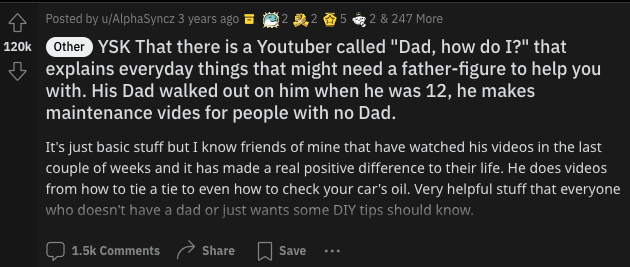
AFAIK – As Far as I Know: A phrase used when you’re not completely certain about the information you’re providing, but it’s based on your current knowledge.
DYK – Did You Know: A common introduction to an interesting fact or piece of information that the audience might not know.
6 Tips for Using Acronyms in Social Media Marketing
Before we dive into the tips, let’s take a moment to understand why we’re discussing this.
Acronyms and abbreviations are a staple in social media communication. They help convey messages quickly and efficiently. But like any tool, they need to be used correctly to be effective. Misused acronyms and abbreviations can confuse your audience and dilute your message.
So, how do you use acronyms and abbreviations effectively in your social media marketing? Let’s find out.
1. Gauge Audience Familiarity
Before you start dropping social media abbreviations like confetti in your posts, you need to ask yourself: “Will my audience understand what I’m saying?”
It’s important to remember that not everyone will be familiar with every acronym. The last thing you want is for your message to get lost in translation because your audience doesn’t understand the abbreviations you’re using.
So, know your audience, their language, and their level of social media savviness.
2. Balance Informal and Professional Tone
When it comes to acronyms and abbreviations, one of the biggest balancing acts is maintaining a professional tone while still keeping things conversational.
Acronyms like “BRB” or “TTYL” might be perfect for a chat with friends, but they could come off as unprofessional in a business setting.
But don’t worry, there’s a sweet spot.
Acronyms like “DM” for Direct Message or “CTA” for Call to Action can still keep your messaging crisp and clear without compromising your professionalism. The key is to understand when and where each acronym is appropriate.
3. Consider Cultural Differences
In our global digital age, your social media posts might be read by people all around the world. While acronyms and abbreviations like “LOL” or “OMG” have become universally recognized, others might not be as widely understood.
It’s always a good idea to be mindful of the cultural context in which your acronyms will be interpreted.
Remember, what’s clear and understandable in one culture might be baffling in another.
4. Verify Acronym Meanings
Always verify your acronym’s meaning!
One of the tricky things about acronyms and abbreviations is that they can have multiple meanings. For instance, “PM” can mean “Private Message” or “Post Meridiem.” To ensure that you’re using the correct acronym in the right context, a quick internet search can save you from potential misunderstandings or embarrassing mix-ups.
5. Stay Updated With Trending Acronyms and Abbreviations
Social media is an ever-evolving landscape, and with it, the language used also changes rapidly. New acronyms and abbreviations frequently pop up, especially with new platforms (we’re looking at you, Threads!), trends, or memes.
What can you do?
It’s essential to stay updated with the latest acronyms that are gaining traction. This ensures that you’re in the loop and helps make your content relevant and relatable to a younger or more digitally-savvy audience. Regularly checking social media trend reports or joining online communities related to your industry can help in this regard.
6. Limit Acronym Overload
While it’s tempting to use acronyms to keep your messages concise, especially with platforms that have character limits, it’s crucial not to overdo it.
Why?
Overloading your content with acronyms can make your message hard to decipher, leading to reduced engagement. Your audience shouldn’t feel like they’re decoding a puzzle when reading your content.
Strive for clarity and simplicity. If a sentence has multiple acronyms, consider if all are necessary or some can be spelled out for better comprehension.
With Great Acronyms Comes Great Responsibility
Remember, acronyms and abbreviations are a tool, and like all tools, they work best when used wisely.
With these tips in hand, you’re well on your way to harnessing the power of acronyms and abbreviations in your social media marketing. Keep it short, keep it simple, and keep it understandable. Your audience will thank you.
Continue to learn and adapt as new acronyms and abbreviations emerge and trends evolve. Stay connected with your audience, listen to their language, and don’t be afraid to ask if you come across an acronym you’re not familiar with. After all, social media is all about engagement and conversation.
Happy posting!
